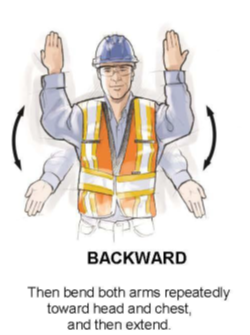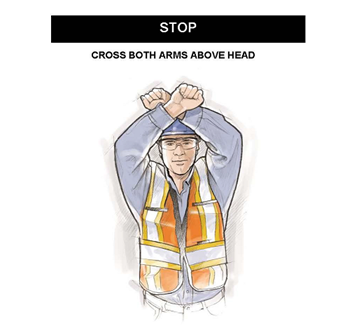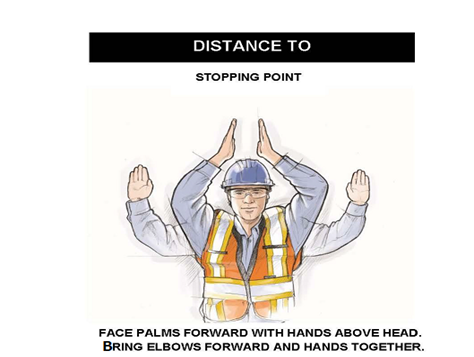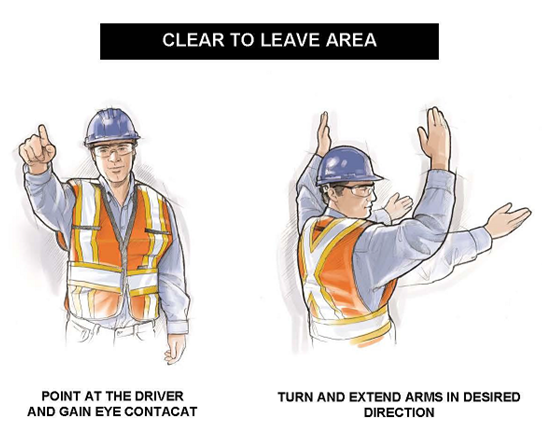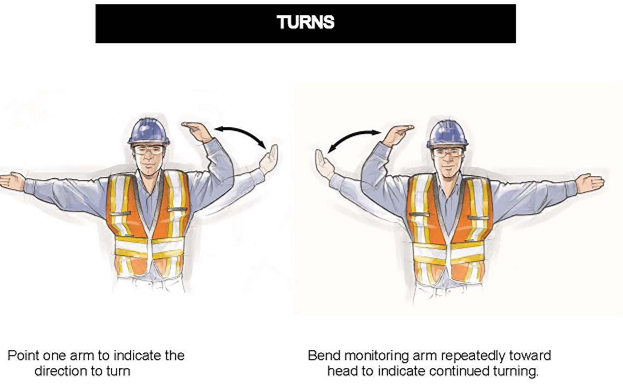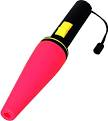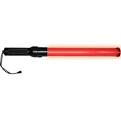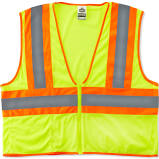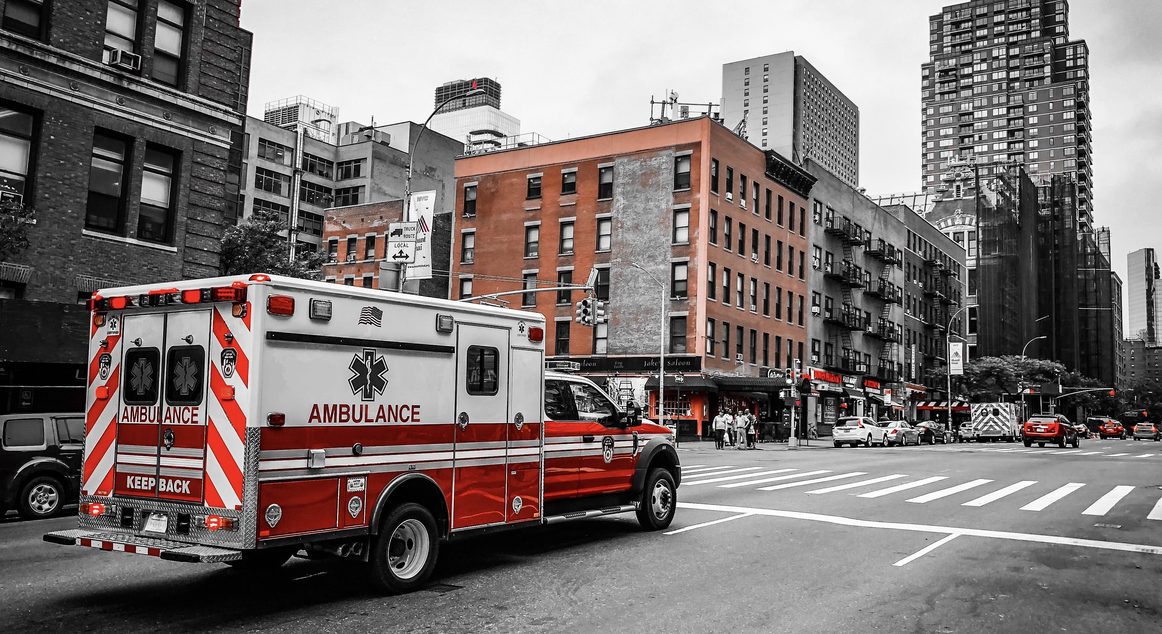
The term “Predictable is Preventable” comes to mind when thinking of accidents that take place because no spotter was used. I know many will be shocked to learn that backing accidents continue to lead the list of claims being made for damages to vehicles, buildings, and other objects.
Unfortunately, there are times when these accidents lead to serious injury or death! Ask yourself, do I want to be the driver who injures or kills someone because I didn’t use a spotter?
Does your organization have a standard operating procedure/guideline (SOPs/SOGs)—or whatever your department elects to call them—regarding safe backing procedures? More importantly do you enforce the SOPs/SOGs? Do you allow your personnel to violate the written policy without consequence? The SOP/SOG in this article can easily be adopted by your department in part or as a whole.
Below is a Safe Backing training for all first responders. You can learn more about this topic by watching Provident’s Safe Backing video on FirePlus Academy, a training site for our FirePlus clients. To learn more about FirePlus, our Property & Casualty Insurance program, email us at info@providentins.com or call (855) 201-8880.
Safe Backing Training
PURPOSE: To outline the guidelines to ensure safe backing of all apparatus and vehicles in an effort to greatly reduce the possibility of a line of duty death or injury and reduce the likelihood of apparatus, equipment, and property damage.
GENERAL – FOR THE DRIVERS:
- Drivers and officers shall make every effort to avoid having to back apparatus up especially at emergency scenes.
- Spotters will be used when apparatus is being backed up.
- The driver will not move the vehicle until spotters have been deployed.
- The driver and spotter(s) will make eye contact via the mirrors.
- The driver shall sound the horn with one short burst prior to backing.
- The driver’s side window shall be in the full-down position.
- The driver shall STOP the vehicle immediately if he or she loses sight of the spotter(s).
- If the driver feels the situation is not safe, he or she will stop the vehicle until the situation is corrected. This may mean physically getting out of the vehicle and walking around the vehicle to ensure the area is safe.
- Emergency warning lights shall be activated prior to backing.
- The driver will not back the vehicle at a speed exceeding 3 miles per hour.
GENERAL – FOR THE SPOTTERS:
- The spotter will discuss the backing plan with the driver before the vehicle is set in motion.
- When only one (1) spotter is available, he or she shall locate himself or herself at the drivers-side rear corner of the vehicle.
- The spotter(s) shall maintain at least a 5-feet distance from the vehicle.
- When two (2) spotters are available, one shall be located at the drivers-side rear and the other at the passenger-side front of the vehicle.
- Spotters will maintain eye contact with the driver, if the spotter must break eye contact with the driver, the spotter will stop the vehicle using the appropriate hand signal.
- Spotters shall also watch for obstructions to the sides and above the vehicle.
- The spotter will not ride on the rear step of the vehicle.
- If at any time the spotter feels the situation is unsafe, he or she shall stop the vehicle immediately using the appropriate hand signs and by communicating in a loud voice STOP!!!
- Spotters should consider using radios to communicate with the driver providing the communications will not interfere with emergency operational traffic.
- At night or during inclement weather the spotter shall use a flashlight for spotting. The beam of the light will not be shined into the mirror of the vehicle. (Consideration should be given to use flashlights equipped with a colored cone used specifically for traffic control.)
- A retro-reflective high visibility vest should be worn by the spotter whenever possible.
- Ultimately the driver is responsible for the safe backing and control of the vehicle. However, the spotter plays a very important role in the safe backing of apparatus and this job should be taken very seriously.
SPECIAL SITUATIONS OR CIRCUMSTANCES:
- When no spotters are available and a vehicle must be backed up, the driver shall safely secure the vehicle, dismount and do a 360-degree walk around the vehicle and shall walk towards the area the vehicle is to be backed to ensure there are no obstructions. This includes at the scene of emergencies.
- If a vehicle must be backed into traffic or into an intersection, a spotter is required and emergency warning lights will be activated. Spotters should consider using hi-visibility vests and flashlights at night or during inclement weather.
- On narrow streets or lanes or in congested areas consideration should be given to using 2 spotters, one front and one rear. The fronts of vehicles have been damaged when only a rear spotter has been used in these circumstances.
- Extreme caution will be used at fill-sites and dumpsites when vehicles are being maneuvered. Spotters are an absolute requirement in these situations. These sites tend to have many people moving around and are often distracted by other operations.
Backing Apparatus into Stations Equipped with Vehicle Exhaust Capture Systems:
- Two spotters are required for this operation to be completed safely.
- Spotter #1 should be positioned at the drivers-side rear of the vehicle and follow all previously stated applicable procedures.
- Spotter #2 should be located at the passenger-side rear of the vehicle and remain a minimum of 3 feet from the side of the vehicle.
- The vehicle will be positioned whenever possible for the vehicle to be backed on a straight line to the apparatus bay door.
- Spotter #1 shall ensure that spotter #2 is located in a safe place away from the vehicle prior directing the driver to begin backing.
- Both spotters should keep a watchful eye on one another and the vehicle.
- Once the vehicle is positioned for the vehicle tailpipe to be connected to the building exhaust system, spotter #2 will verbally signal spotter #1 to have the vehicle stop. (Spotter #2 will not move to the vehicle until the vehicle is completely stopped, the vehicle is in park and the parking brake is set.)
- Spotter #1 will provide the standard stop signal to the driver, the driver will come to a complete stop, place the vehicle in park and set the parking brake.
- Spotter #2 can now make the connection between the vehicle exhaust system and the building exhaust system.
- When spotter #2 has completed the connection to the exhaust, they will step at least 3 feet away from the vehicle and move to a position near the rear of the vehicle and establish eye contact with spotter #1.
- Once eye contact has been established between spotter #1 and spotter #2 and spotter #1 establishes that spotter #2 is safely away from the vehicle, the appropriate hand signals can be given to the drive to proceed into the building.
- IT is imperative that both the driver and spotter #1 account for the location of spotter #2 at all times.
HAND SIGNALS:
These are recommended hand-signals that are considered universal in nature. However, if your department uses different hand-signals they should be incorporated into your SOPs/SOGs and all personnel should be trained on their use.
Flashlights such as these should be used at night or during poor visibility:
Vest such as these should be used anytime you are working on or near a highway. These vests should also be worn at night or during poor visibility:
-Chief Ed Mann, March 2021



